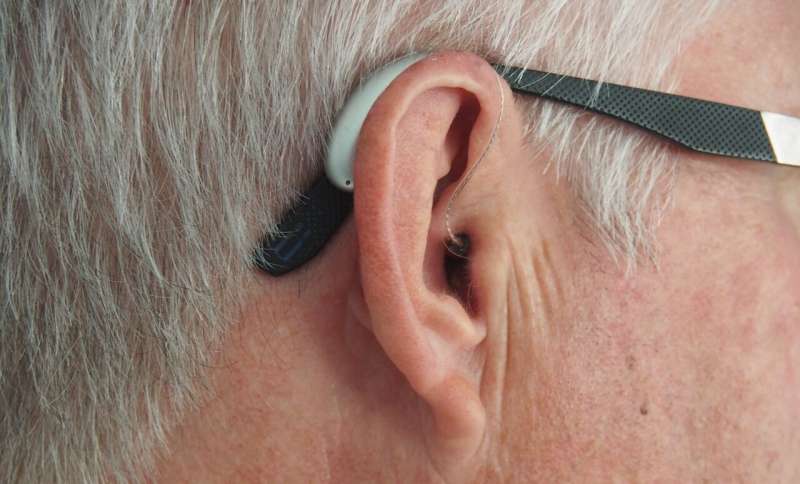Emerging Frontiers in Male Infertility: Lab-Produced Sperm and Future Fertility Solutions

Emerging research at the University of Limerick explores lab-produced sperm as a groundbreaking solution to male infertility, offering new hope for those with failing reproductive health.
Imagine a future where a diagnosis of untreatable male infertility no longer signifies the end of hope—because scientists have developed a method to create human sperm from lab-engineered testicular tissue. Currently, many men facing infertility issues have limited options, with surgical sperm retrieval being only partially effective and often physically and emotionally taxing. This innovative approach aims to change that by enabling the production of viable sperm entirely in the lab, offering hope to millions worldwide.
Researchers at the University of Limerick are leading efforts to make lab-produced sperm a reality. Their work is driven by the concerning decline in male reproductive health over the last seven decades. Sperm counts have dropped dramatically, while conditions like testicular cancer, hormone imbalances, and genital malformations are on the rise. The causes are still under debate, but environmental factors, including endocrine-disrupting chemicals found in plastics, pesticides, and cosmetics, are suspected to play a significant role.
For some men, infertility can be addressed through treatments such as hormone therapy, lifestyle changes, or surgery to correct blockages. However, a large proportion experience unexplained or idiopathic infertility, leaving them with limited options like surgical sperm retrieval, which does not guarantee success and leaves many physically and emotionally strained. When SSR fails, using donor sperm becomes the only remaining solution.
To breakthrough these limitations, scientists are exploring models that closely mimic human testicular tissue. Animal models are unreliable due to differences in sperm production processes, so the focus is on developing preclinical models that accurately replicate human testes. The challenge lies in producing sperm in the lab—a feat achieved in mice but still elusive in humans. Current research combines biology, mechanical engineering, and materials science to analyze human tissue, understand its function, and design systems capable of producing viable sperm.
The potential breakthroughs are profound: lab-produced sperm could revolutionize fertility treatments, especially for men who have undergone failed surgical procedures, cancer treatments damaging fertility, or have severe unexplained infertility. This scientific pursuit is not just about technological advancement; it aims to restore hope and offer new pathways to parenthood for many.
Source: https://medicalxpress.com/news/2025-06-male-infertility-lab-sperm-fertility.html
Stay Updated with Mia's Feed
Get the latest health & wellness insights delivered straight to your inbox.
Related Articles
Public Health and Private Equity: The Implications of Walgreens' Buyout for Future Pharmacy Care
Exploring how Walgreens' acquisition by private equity could reshape the future of pharmacy care, impacting access, innovation, and public health in the United States.
Innovative AI Glasses Show Promise for Enhancing Hearing in Challenging Environments
Discover how cutting-edge AI glasses are transforming hearing support by filtering background noise in real-time, promising better social engagement for those with hearing loss. Source: https://medicalxpress.com/news/2025-08-ai-glasses-loss.html
Innovative Use of Patient Stem Cells Shows Promise for End-Stage Kidney Disease Treatment
Mayo Clinic researchers have shown that using a patient's own fat-derived stem cells can improve arteriovenous fistula healing in dialysis patients, offering new hope for end-stage kidney disease treatment.
AI Chatbots in Healthcare: Outperforming Doctors in Diagnosis but Requiring Safeguards Against Overprescribing
Emerging AI chatbots are outperforming doctors in diagnosis but pose risks of overprescribing and inequality. Responsible deployment with safeguards is crucial for safe healthcare innovation.



